By Gabrielle Burger
Unveiling the Mysteries: Exploring Intriguing Jewish Rituals and Customs
Have you ever found yourself pondering the meaning behind some Jewish rituals and customs? You’re not alone. I recently asked my friends (aka, I posted on Facebook) for a list of intriguing or perplexing Jewish practices. The responses varied from “I understand and cherish this tradition, but I can see why it might seem odd to others” to “I’ve been doing this but have no clue why.”
From this list, I’ve chosen a few of my favorites to delve into here. This isn’t an exhaustive list; it’s intended to shed light on the richness, beauty and complexity of Jewish customs without any intent to mock traditions. So, fasten your seatbelts for a journey into the intriguing world of Jewish practices.
Swinging a Live Chicken Over One’s Head – Kapparot
Ever witnessed folks swinging a live chicken over their heads around Yom Kippur? That, my friends, is the tradition of Kapparot. We swing a chicken over our head while reciting prayers, all in the hope of transferring any potential harsh judgment coming our way before Yom Kippur (the day of atonement) onto the unsuspecting chicken.
After, the chicken meets a humane end and its meat goes to charity. We usually opt for white chickens, symbolizing our wish for a clean slate once Yom Kippur ends. It’s like we’re asking God to forgo any harsh decree through this ritual, in the merit of the mitzvah of charity. To some, it might seem strange, maybe even a smidge barbaric. But for those who’ve been doing it for ages, it’s a cherished part of their High Holiday traditions.
Breaking the Glass under the Chuppah
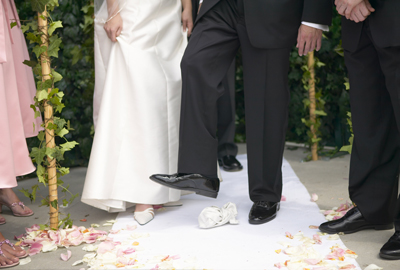
If you’ve ever been to a Jewish wedding, you’ve probably seen a glass being stomped on under the Chuppah right after the couple ties the knot. Right before the big stomp, some folks have a custom to sing or talk about the quote: “If I forget you, Jerusalem, I forget my right hand.”
Why, you ask? That glass is symbolic of the Holy Temple. When the glass is shattered, it commemorates when Jerusalem fell, and the Holy Temples were destroyed. Right after that solemn moment, we all shout “MAZAL TOV!”
Why mix such a solemn scene with such a joyous one? It’s a reminder that life has its ups and downs, even in the happiest moments. We don’t forget where we came from, and we honor both the happy and the not-so-happy moments.
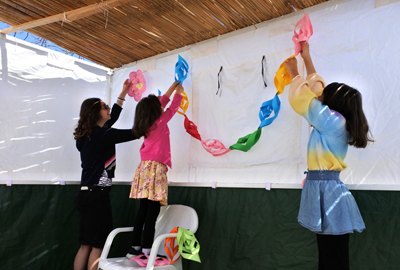
Building a Sukkah
Building, eating, and possibly sleeping in an outdoor hut seems very strange, especially when it is built right next to your comfortable home. Well, let me fill you in. It’s all about Sukkot, a very important holiday for the Jewish people. Sukkot is one of the three pilgrimage festivals mentioned in the Torah, and it’s our way of staying connected to the time when the Holy Temple in Jerusalem still stood.
The hut, or Sukkah are a reminder of how our ancestors lived as they wandered the desert for 40-years after escaping Egypt. This tradition might seem puzzling, but it’s our unique way of keeping history alive. Want a fun way to learn more about Sukkot? BimBam has you covered.
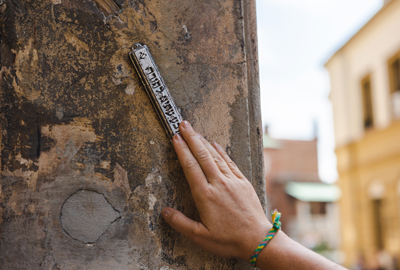
Touching or Kissing a Mezuzah
Have you seen how some Jewish folks kiss a little box on their doorposts when they enter or exit their homes? That’s the Mezuzah! Inside is a tiny parchment with part of the Shema prayer, which says “Here, O Israel, The Sovereign is our God, The Sovereign is One.”
This prayer is like a reminder for us to carry that sense of holiness and protection as we step into the world. When people touch the Mezuzah or kiss their fingers after, it is a way of physically transferring that holiness to you and showing respect for the sacred protector that is the Mezuzah.
Redeeming the Firstborn Son – Pidyon HaBen
Ever heard of a Pidyon HaBen? It’s a Jewish tradition that might seem a bit unusual at first. Here’s the scoop: it’s a ceremony where a family redeems their firstborn son on his 31st day alive from priestly services.
You might wonder why this is necessary. Well, in ancient times, firstborn sons were meant to serve in the Temple, but nowadays, we commemorate the freedom of this responsibility with a special celebration.The family brings the baby to a Kohen (a priest) and “redeems” him by offering five silver coins. It’s a way of expressing gratitude for the baby’s safe arrival as well as their freedom from the priestly obligation. While it might seem a little different, a Pidyon HaBen is a meaningful tradition that highlights the value of family and tradition in Jewish culture. Click here to learn more.
Burying Books – Shaimos
Burying holy books? Seems odd, right? Judaism places great importance on how we treat and respect both the living and the departed. This respect extends to objects that are considered holy, like those containing God’s name or used in mitzvot, such as worn-out prayer books or damaged tefillin.
We use the term Shaimos to describe these sacred items. When it’s time to say goodbye to them, we place them in a Geniza, which is essentially a designated resting place. While Shaimos items are ultimately buried in a cemetery with the utmost respect, a Geniza serves as a temporary holding spot until they can receive a proper burial. This practice reflects our commitment to treating all things holy with reverence.
Subscribe to our newsletter
The Associated is a home for everyone in the Baltimore Jewish community. We offer several email lists to help people find a community, engage with their peers and support Jewish journeys around the world.
Join Our Mailing ListAdd Impact to Your Inbox
Sign up for our newsletter
Subscribe to our newsletter
The Associated is a home for everyone in the Baltimore Jewish community. We offer several email lists to help people find a community, engage with their peers and support Jewish journeys around the world.
Join Our Mailing List

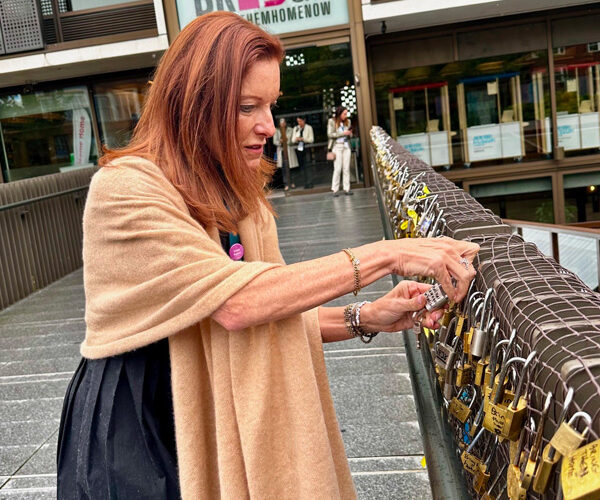
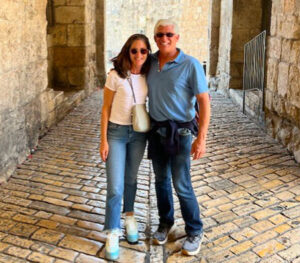
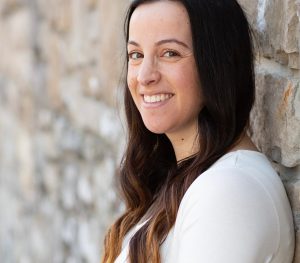





 Please Wait while we loading your video.
Please Wait while we loading your video.